In the 19th century, something unusual happened on an island in the Baltic Sea. A teenage girl slept for decades, leading the public to believe her story was similar to Princess Aurora from Sleeping Beauty.
She finally woke up at the turn of the century, but we still don’t have a medical explanation for her period of alleged hibernation.
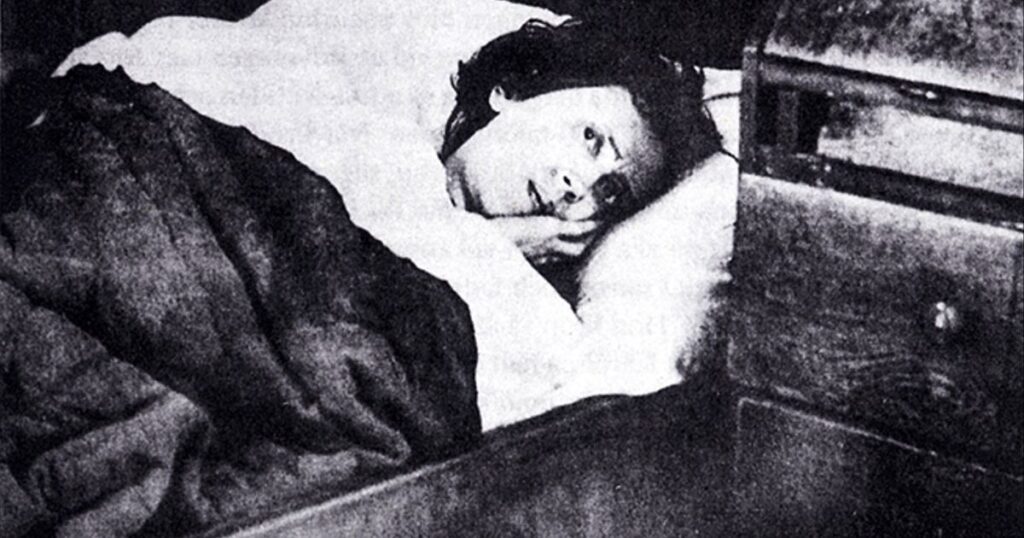

Background
Karolina Olsson was born on October 29th, 1861, in Oknö, Sweden. Oknö is an island in the Baltic Sea near Mönsterås in the eastern part of the country.
Karolina grew up in a religious family as one of five children. She had four brothers who attended the local school, while she stayed at home and helped her mother with the daily chores. Karolina’s father was a fisherman who was often out at sea.
Wanting to be just like her brothers, Karolina found time to learn how to read and write. Eager to expand her knowledge, she begged her parents to enroll her in school.
They reluctantly agreed when Karolina was 14, and she began attending classes at the local Christian school on the island. She was sent there to learn her catechism because it was almost mandatory in Sweden at that time.
On February 18th, 1876, Karolina was walking home from school. The weather was colder than usual, and the teen wanted to get home as soon as possible. She took a shortcut over a frozen river and slipped on the ice. Karolina hit her head and had bruises all over her body from the fall.
Somehow, she made it home and told her family what had happened. Slipping on ice wasn’t uncommon during cold winter months, so Karolina’s bruises weren’t alarming.
She ate dinner, did chores around the house, and then went to bed. But when the teen woke up the following morning, something was wrong. Karolina had a splitting headache, and her tooth hurt.
She couldn’t get out of bed for days and tried to get her parents to take her to a doctor. Unable to afford a hospital on the mainland, her parents decided to take care of her on their own.
But days later, Karolina’s mother was sure her daughter’s ordeal was supernatural. The Olsson family was extremely religious, and they believed in witchcraft.
They pieced together a story that Karolina was kidnapped by a group of witches while going home from school. They allegedly tortured the girl and placed a curse on her.
Afterwards, her memory was wiped clean. For days, the family encouraged Karolina to stay in bed and rest as much as possible. But one morning, she didn’t wake up.
The Sleeping Beauty
Soon after the accident, Karolina failed to get up and join her family for breakfast. Her mother went to her room to wake her up, but she continued sleeping. It was clear Karolina was breathing, but she didn’t respond to her mother’s voice.
No amount of shaking could wake her up. Her strange condition continued for weeks, and the Olsson family believed that the only thing they could do was to pray.
Meanwhile, Karolina’s mother took care of the girl by bathing her and washing her hair. She was given two glasses of milk and two glasses of sugar water daily, but it seemed like the teen was still in a deep sleep.
When they realized the prayers weren’t helping, the family contacted a local midwife, who was the closest thing to a doctor they had on the island.
Neighbors also noticed that Karolina was nowhere to be seen and asked what was happening with the girl. When they learned about her condition, people from the town came to visit her.
They tried to help wake her up. People were shouting in the girl’s bedroom and even burned her skin with fire, but there was no response from Karolina.
Months passed, and soon, the whole island knew about Karolina, the Sleeping Beauty of Oknö. The residents started collecting money to bring a doctor from the mainland to help the young girl.
The medical professional who first examined Karolina determined she was in a coma. Even though her case was unusual, the doctor didn’t seem too worried. He continued visiting the island and monitored Karolina for a year.

Realizing there was nothing he could do, the doctor wrote a letter to the editor of Scandinavia’s leading medical journal. He hoped that a text about Karolina would reach the professionals who might know how to help the girl.
As expected, the unusual tale of a girl who can’t wake up fascinated the medical community, and doctors from all over Sweden came to Oknö to solve the mystery.
A doctor named Johan Emil Almbladh said that Karolina was suffering from hysteria, which was a popular diagnosis given to women in that period. His suggestion was electroshock therapy. Willing to try anything, Karolina’s family sent her to a hospital in Oskarshamn in July 1892.
After several attempts, it was evident that electroshock therapy wasn’t the answer to Karolina’s problem, so doctors tried to wake her up by pushing needles into her skin.
She was released in August with a new diagnosis – dementia paralytica, a common symptom among syphilis patients. However, there was no proof she had actually suffered from this illness.
According to everyone who was in contact with Karolina over the years, she just slept. Her mother, who spent all the time with Karolina since she was her caregiver, reported that she sat up several times and recited prayers. She also tossed and moaned in her sleep but never said a single word.
Finally Awake
Karolina’s mother passed away in 1904, which meant her father had to become her caregiver. Since he was away most of the time and didn’t know how to care for a young woman, the father hired a maid.
According to the maid, she never spoke to Karolina or heard her talk. The maid frequently left her food by the bed, but the sleeping woman never took a single bite.
When Karolina’s brother died in 1907, she reportedly began crying in her sleep, but her eyes remained closed. The maid would later say she did notice a couple of strange things while she worked for the Olssons.
For instance, her candy would sometimes go missing without any explanation. She suspected Karolina might be taking the sweets when she was out in the garden.
On April 3rd, 1908, Karolina woke up after 32 years and 42 days. The maid heard cries from the bedroom and found Karolina awake on the floor.
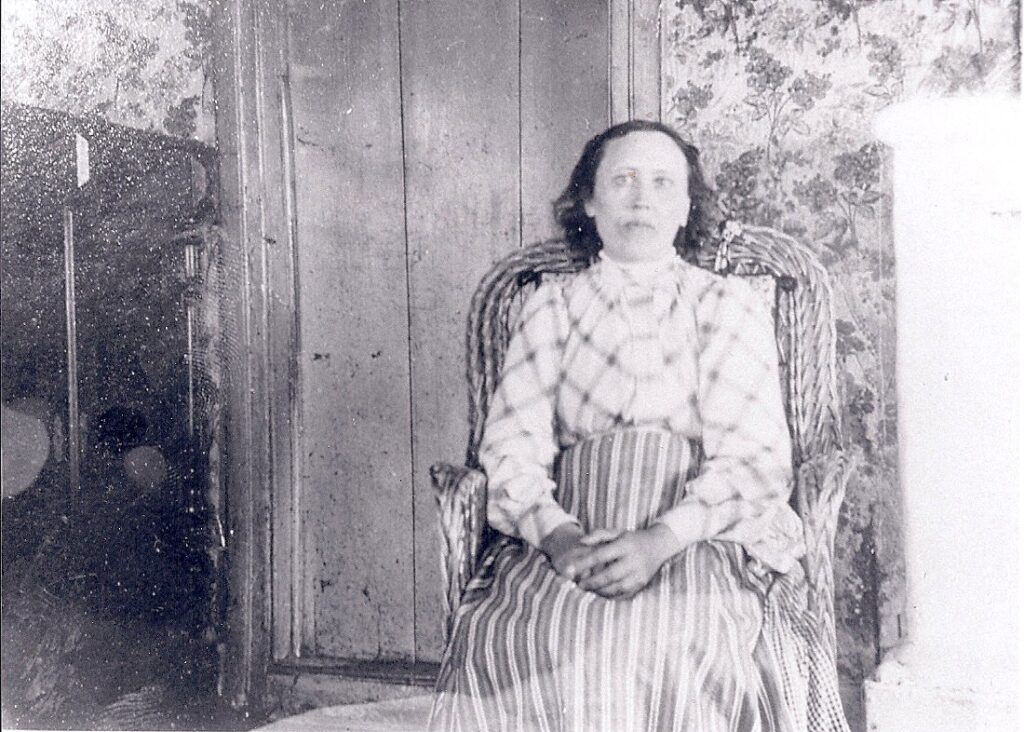
She couldn’t speak and was generally weak. Her brothers rushed home when they heard the news, but Karolina couldn’t recognize them. However, she remembered everything that happened before going to bed in 1876.
When she woke up, Karolina was 46 years old but had the physical appearance of a young woman. Since her case was quite well-known around Europe and the States, reporters traveled to Oknö hoping to interview her.
Believing that too much media attention could be bad for Karolina, her family decided to hide. They refused to talk to the reporters.
A couple of days after she woke up, the Olsson family took Karolina to Stockholm to be evaluated by psychiatrists and physicians.
It was determined she was perfectly healthy. Karolina was of above-average intelligence and could read and write. Her eyes were still a bit sensitive to light, which was expected for someone who allegedly slept for 30 years.
Surprisingly, she only started losing weight after her mother’s death. But as days went by, Karolina regained her strength.
What Happened To Karolina Olsson?
Karolina’s unexplained hibernation continued to mystify health experts for years. In 1910, Harald Fröderström, a famous psychiatrist from Sweden, went to Oknö to find the answers.
He met with Karolina, who was very chatty and communicative. The psychiatrist speculated she experienced psychosis after a traumatic event. He partially dismissed the hibernation theory.
Fröderström published a paper two years later in which he disclosed the information he had learned from Karolina’s family. According to her brothers, she woke up several times during those years but became extremely angry at everyone near her.
The psychiatrist suggested that Karolina perhaps made herself believe she was sick to get the attention of her family. Karolina’s mother fed her and kept her company while everyone else was out of the house.
That would explain Karolina’s sudden weight loss after the death of her mother since the maid continued to give her two glasses of milk only.
Fröderström’s mention of abuse raised further questions and led people to consider Karolina was attacked on her way home when she was just a teen. The experience prompted her mind to completely shut down in order to recover.
Meanwhile, Karolina continued living in Oknö and became a local legend. Kleine–Levin syndrome, also known as the sleeping beauty syndrome, was identified decades later, but Karolina’s case didn’t fit the diagnostic criteria. She passed away on April 5th, 1950, from intracranial hemorrhage when she was 88 years old.
Sources
https://www.svd.se/a/d605f27a-c5cc-3ab7-8574-8fde8e3e0b73/soverskans-ode-gestaltas-i-opera
https://www.historydefined.net/karolina-olsson/
https://www.annabelfrage.com/2017/09/14/the-curious-case-of-karolina-a-real-sleeping-beauty/



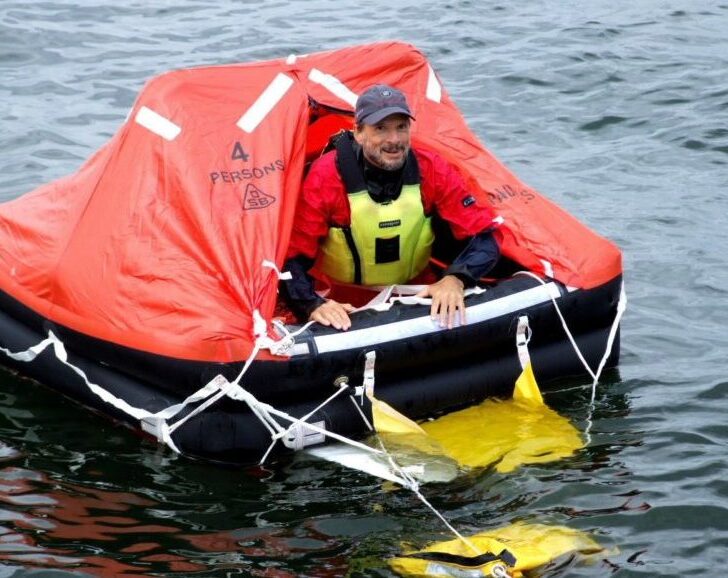




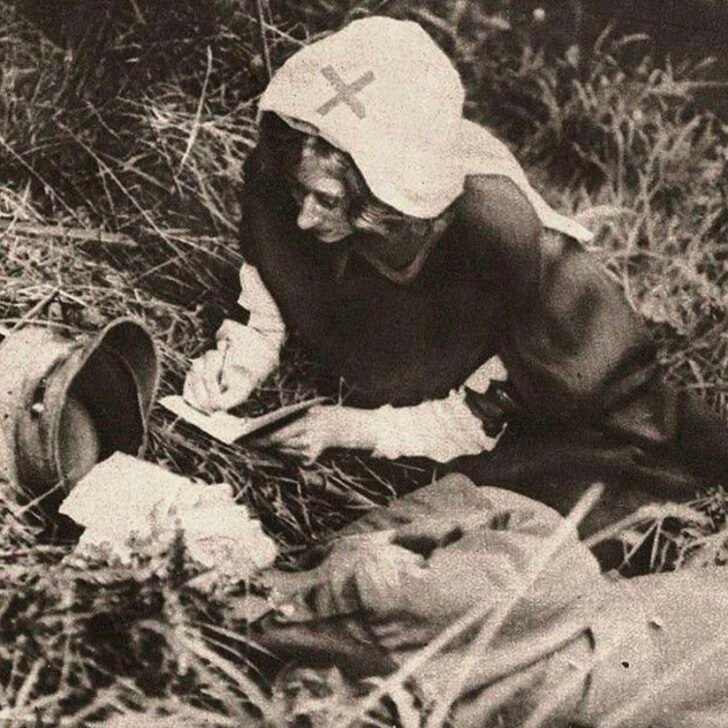


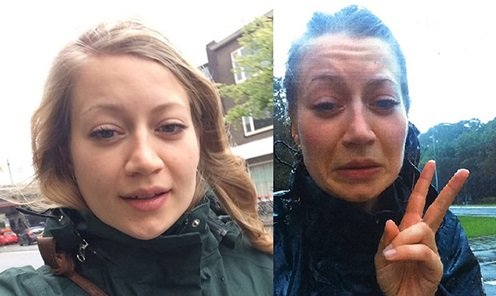

Leave a comment